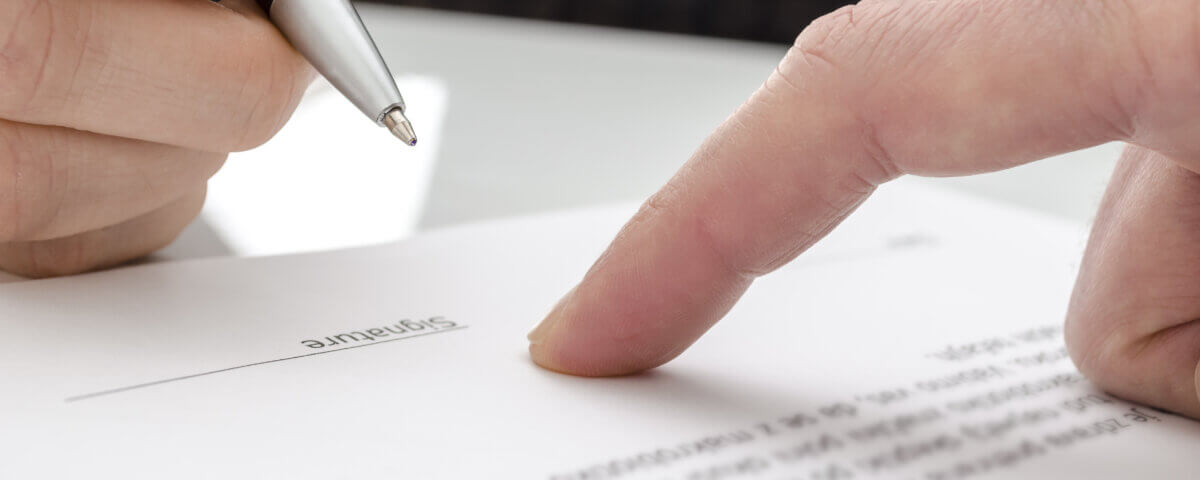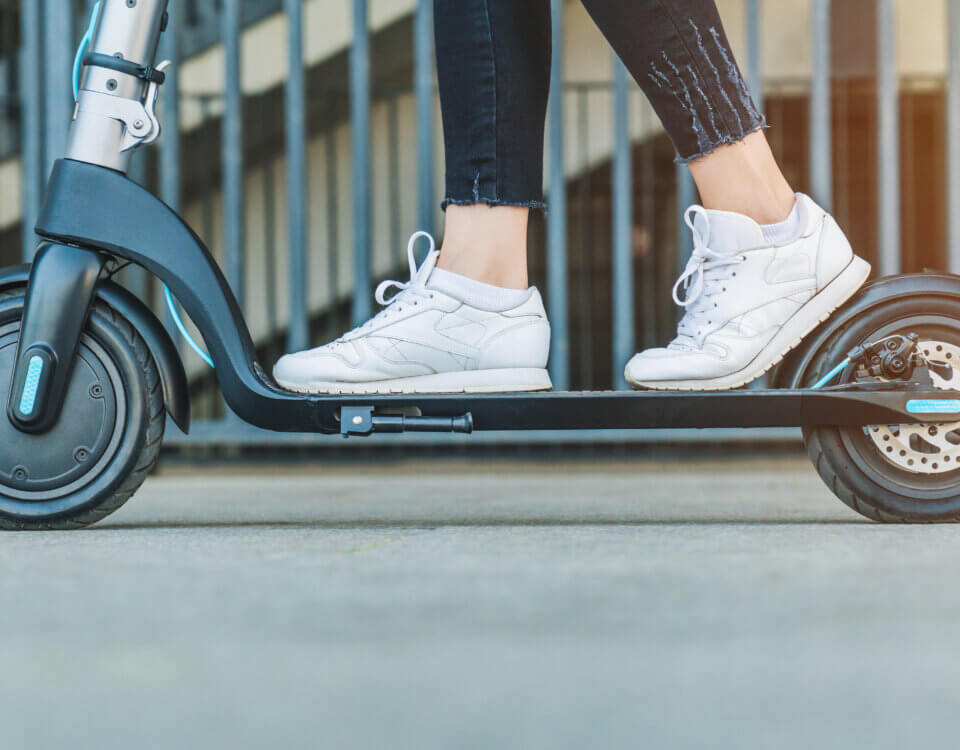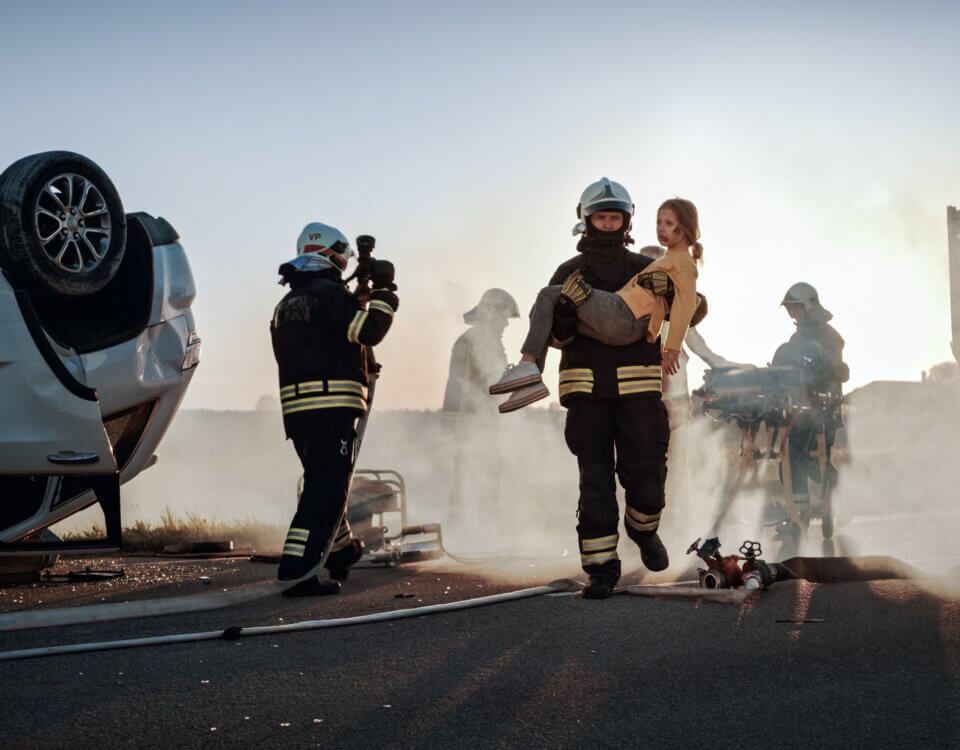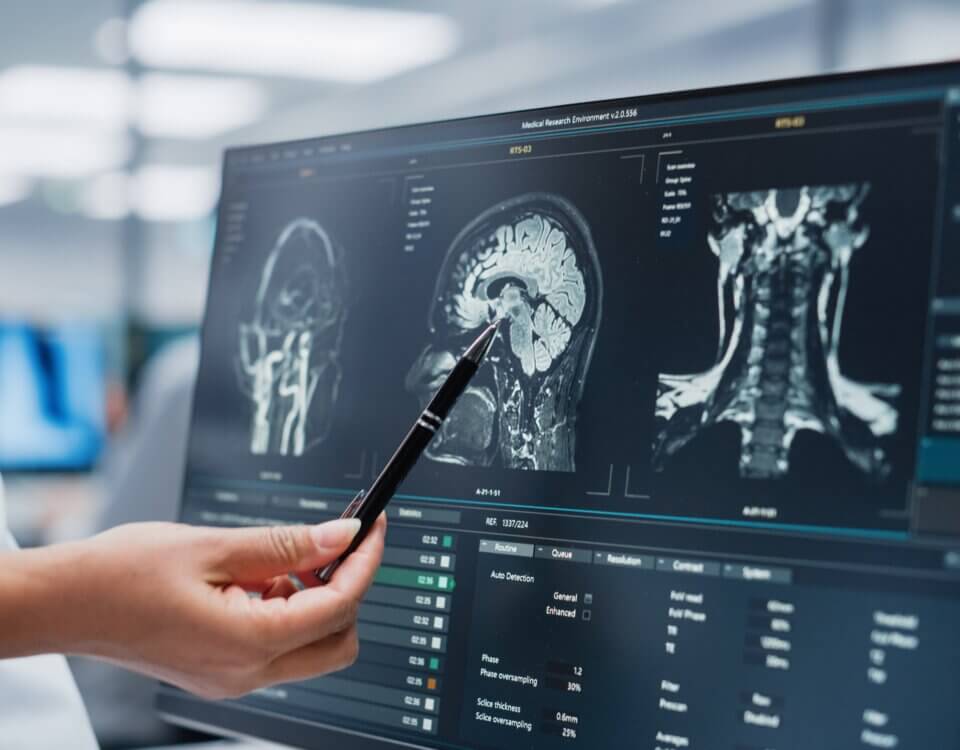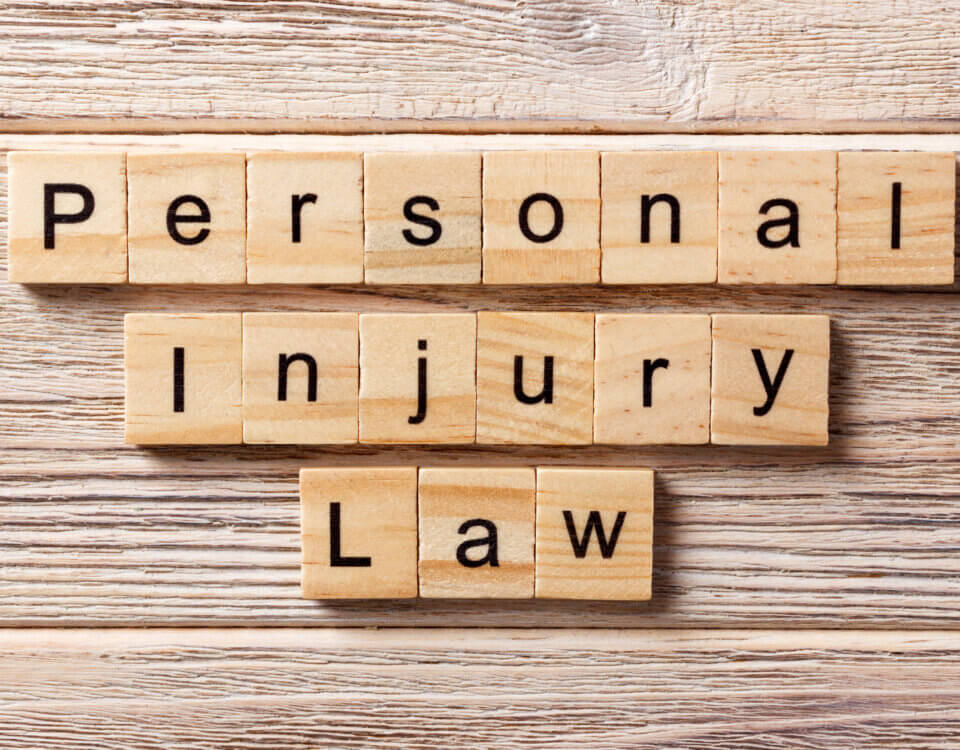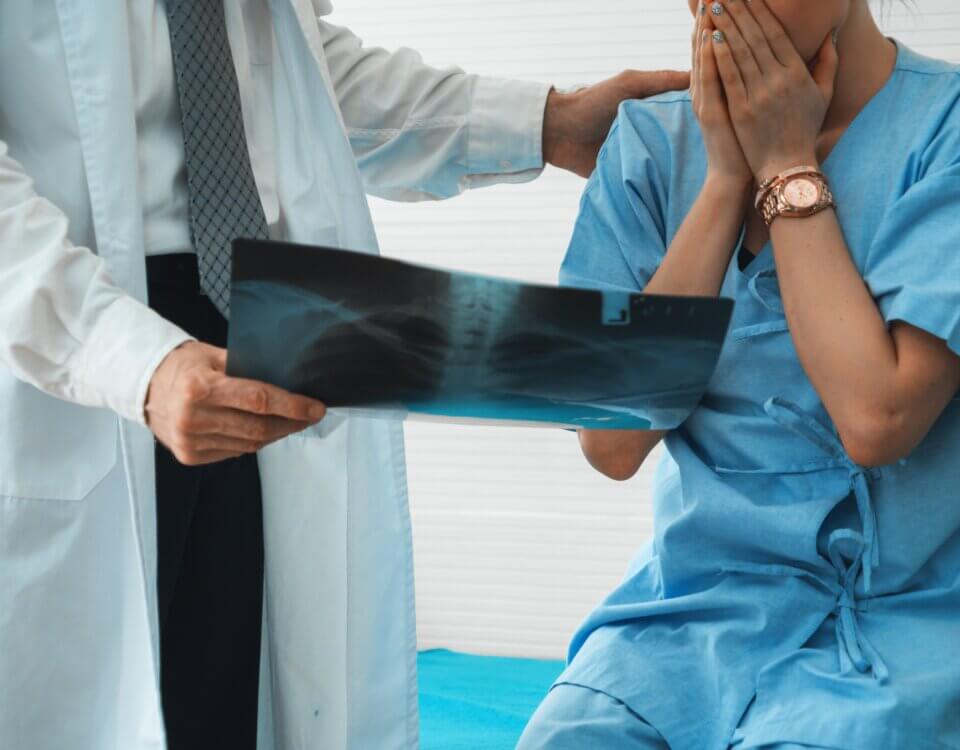When you’ve been injured due to someone else’s negligence, the strength of your personal injury claim in California depends heavily on the evidence you can present. Properly preserved evidence can make or break your case it helps prove liability, supports the extent of your injuries, and maximizes your potential compensation.
At Hillstone Law, we’ve seen how critical it is to act quickly and strategically after an accident. Here are seven effective tips for preserving evidence that can help support your personal injury case.
1. Write Everything Down Immediately
Your memory may be sharp right after an accident, but important details fade fast. Even something that seems minor at the moment could become vital later.
Write down everything you remember about the incident as soon as possible where it happened, what you were doing, what others said, how you felt, weather conditions, and more. This written account becomes a key reference point for your attorney to build your case around.
2. Get Witness Statements Early
Just like your memory, eyewitness accounts are most accurate when documented early. If someone saw what happened, ask them to write down what they observed or record their statement (with their permission).
If a witness is reluctant or uncooperative, your attorney can help secure a formal deposition later in the process. Preserving their testimony helps prevent story changes and protects your case from credibility challenges.
3. Inspect the Scene of the Incident
Accident scenes often hold crucial evidence. If you slipped on a poorly maintained stairway or were injured in a vehicle collision, the physical layout of the location can support your version of events.
Revisit the scene as soon as possible, take note of hazards, and assess the conditions. In complex cases such as car accidents hiring an accident reconstruction expert can further support your claim.
4. Take Clear and Timely Photos
Photos can speak volumes to a jury or insurance adjuster. Use your smartphone to take pictures of:
- The accident scene
- Vehicles or objects involved
- Road conditions or hazards
- Your physical injuries (with regular updates as they heal)
These images help establish the severity of the situation and may even pressure the insurance company to settle sooner.
5. Keep Detailed Medical and Injury Records
Medical records are often the foundation of your damages claim. From the first doctor visit to ongoing therapy, document everything appointments, diagnoses, treatment plans, prescriptions, and receipts.
It’s also helpful to maintain a personal injury journal. Track your pain levels, limitations in daily activities, emotional distress, and recovery milestones. This humanizes your claim and reinforces the impact of your injuries.
6. Act Quickly Time is Not on Your Side
The more time passes, the more likely it is that evidence will disappear. Accident scenes get cleaned, equipment gets fixed, and witnesses forget. California law also limits how long you have to file a claim under the statute of limitations.
Start preserving evidence immediately after your injury. The sooner you act, the stronger your claim will be and your attorney can move fast to protect key pieces of information.
7. Watch for Evidence Spoliation (Tampering)
In some cases, the opposing party may try to hide or destroy evidence to weaken your case a practice called evidence spoliation. If this happens, your legal team can ask the court to infer that the missing evidence would have supported your claim.
An experienced personal injury lawyer will send preservation letters to demand that critical evidence such as surveillance footage or maintenance logs be retained.
Your Legal Partner in Preserving Evidence
At Hillstone Law, we know that strong evidence is the cornerstone of every winning personal injury case. Our attorneys take proactive steps to secure, preserve, and present the most compelling evidence possible helping you get the compensation you deserve.
